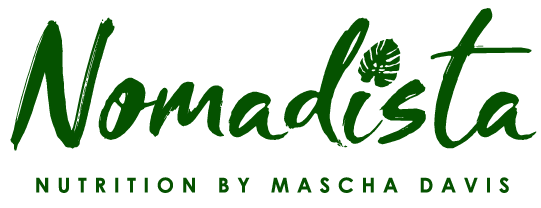More and more people are discovering that they are either sensitive, allergic to, or just feel better avoiding gluten. Often, they are overwhelmed when it comes to what to eat and how to still enjoy their favorite (often gluten filled) foods.
In my practice, I help them navigate the healthiest and most sustainable way to do it. One of the cornerstones of my approach is making sure they are taking their new health changes with a “what can I ADD in” lens vs. the outdated “here are all the things I must cut out” viewpoint.
Fortunately, adding in delicious, gluten free foods has become easier and easier the past few years, with many innovative and forward-thinking companies creating delicious products that are gluten free.
Benefits of Going Gluten Free
A gluten free diet is an eating plan that excludes gluten-containing foods from one’s diet. Gluten is a protein found in wheat, barley, and rye. For many people suffering with symptoms associated with gluten, the gastrointestinal discomfort is perhaps one of the worst consequences. Some common benefits noted with a gluten free diet include improved energy levels and mood as well as reduced joint pain and stomach discomfort.
Testing the GF Waters?
While blood tests can help diagnose diseases such as celiac, there is no hard and fast test for gluten sensitivity. Genetic markers from nutrigenomics tests can provide great information about genetic predisposition to gluten sensitivity and can be a good place to start. However, if you are looking for a cost-free way to see if the gluten free diet is for you, I recommend eliminating it from your diet for about two weeks to see if you begin to see a difference in digestive symptoms.
Keep a food journal throughout the weeks, documenting both what you ate and how you feel throughout the day. Once the time is up, introduce gluten back into your diet and take note of how you feel.
Finding Gluten Free Options:
The gluten free market has skyrocketed in the past decade. Nowadays, you don’t have to give up your favorite foods in order to eat gluten free. Here is a brief list of some of what I look for to help narrow down the choices:
● Pizza
○ When it comes to pizza, I also look for quality ingredients. My current fave is Milton’s Craft Bakers Thin & Crispy Cauliflower Crust Pizza. When I tell you this pizza tastes SO good … I really mean it. The crust is thin and crispy, so there’s none of that limp starchy texture that often comes with gluten free crusts.
○ Their pizzas are Certified Gluten Free and even high in protein! Their pepperoni pizzas are crafted with uncured pepperoni, a zesty Roma tomato pizza sauce, and real Mozzarella, Romano and Parmesan cheeses, which are great signs of high-standard ingredients.
○ Overall, I rate this pizza 10/10 on taste, texture, and quality.
● Pasta
○ When it comes to pasta, gluten free options are everywhere! My favorite tends to be lentil or chickpea pasta. Not only do they have a good taste and texture, but they are a great way to incorporate protein into your meal.
● Crackers
○ One easy way to narrow down your gluten free cracker selection is taking a look at the ingredients on the nutrition label. Crackers that incorporate a variety of gluten free grains and wholesome ingredients like olive oil into their product will likely keep you fuller for longer. Bonus points if the crackers have some dietary fiber!
Tell me below your fave GF products and what questions you have!



